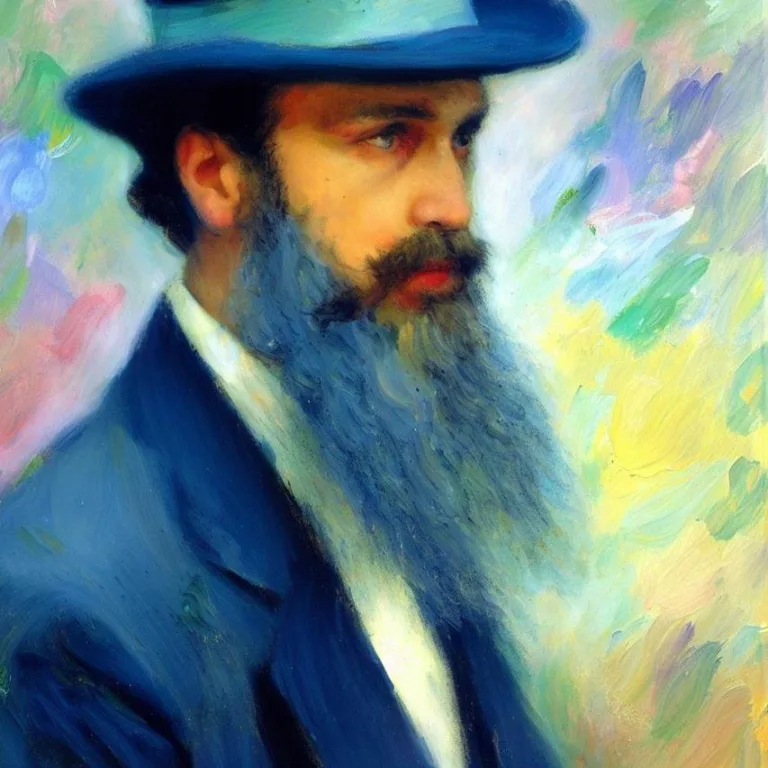Welcome to our in-depth exploration of the iconic artist Claude Monet, a pivotal figure in the world of art, whose contributions to the Impressionist movement have left an indelible mark on the art world. Through this article, we will delve into Monet’s life, his artistic techniques, and his enduring influence on the art landscape.
The life of claude monet
**Claude Monet** was born on November 14, 1840, in Paris, France. His early fascination with nature and light would later become the driving forces behind his revolutionary art. Monet’s journey as an artist was characterized by dedication, experimentation, and a tireless quest for capturing the essence of fleeting moments on canvas.
Monet’s upbringing was marked by financial challenges, but his passion for art never wavered. He received formal art education at Le Havre’s secondary school of the arts and developed his unique style by sketching scenes along the Normandy coast.
The impressionist movement
The Impressionist movement, which emerged in the 19th century, sought to capture the fleeting effects of light, color, and atmosphere. Monet’s works were at the forefront of this movement, as he skillfully depicted scenes from everyday life using loose brushstrokes and vibrant color palettes.
Monet’s commitment to portraying the ever-changing play of light on various subjects – from landscapes and gardens to water lilies and haystacks – challenged traditional artistic norms and paved the way for modern art.
Artistic innovation
Monet’s innovative approach to art extended beyond his technique. He often worked on series of paintings, exploring the same subject at different times of the day and under varying lighting conditions. This allowed him to capture the nuances of light and atmosphere, leading to an incredible depth of expression in his art.
One of his most famous series is the „Water Lilies,“ in which he created a sense of tranquility through his depiction of water and reflections. These paintings are celebrated for their ability to evoke emotions and transport viewers into a serene world.
Enduring influence
Claude Monet’s influence on the art world cannot be overstated. His revolutionary approach to art laid the foundation for subsequent art movements and inspired generations of artists to challenge convention and explore new horizons. The Impressionist technique of capturing light and atmosphere continues to resonate with artists and art enthusiasts worldwide.
Monet’s works are displayed in prestigious art museums around the globe, and his legacy lives on through the countless artists who continue to draw inspiration from his innovative spirit.
Q: What is Claude Monet best known for?
A: Claude Monet is best known for his pioneering role in the Impressionist movement, where he focused on capturing the effects of light and atmosphere in his paintings.
Q: How did Monet’s artistic style differ from traditional art?
A: Monet’s artistic style differed from traditional art by emphasizing loose brushstrokes, vibrant color palettes, and the depiction of fleeting moments and natural light.
Q: What is the significance of Monet’s „Water Lilies“ series?
A: The „Water Lilies“ series is significant for its innovative portrayal of water, reflections, and tranquility. It showcases Monet’s ability to evoke emotions through his art and is considered a masterpiece of Impressionism.
Q: How did Monet’s work impact the art world?
A: Monet’s work had a profound impact on the art world by challenging traditional artistic norms and inspiring future generations of artists to explore new techniques and perspectives.
Viz také:






